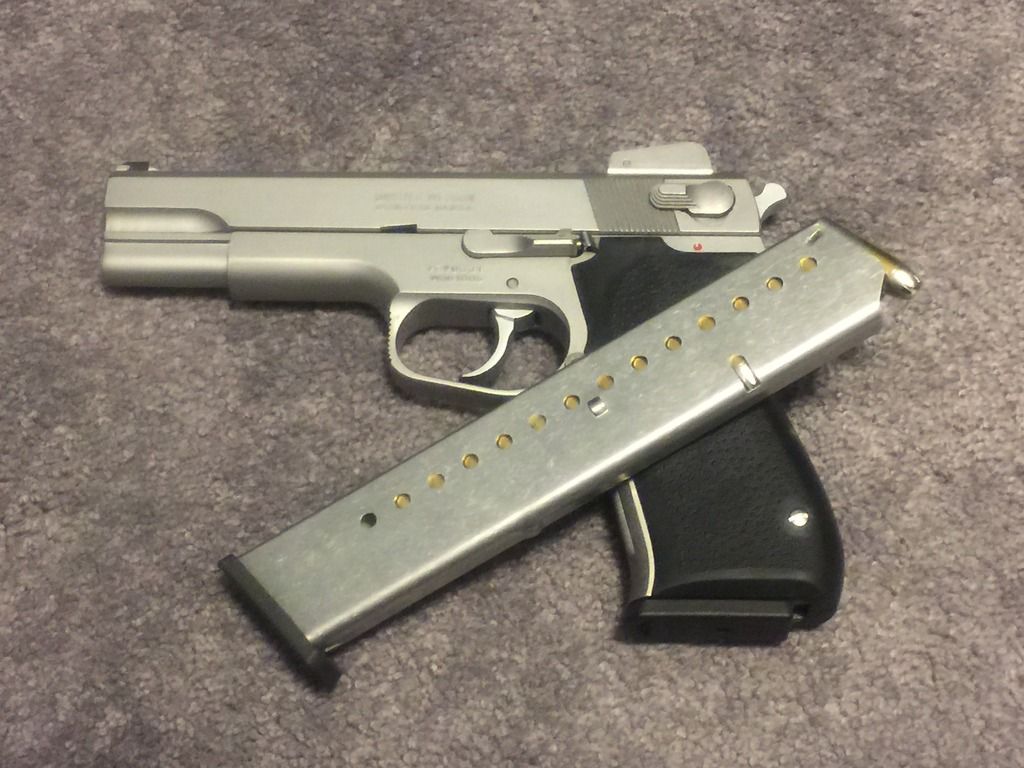Accounting for the cylinder gap is a tough one. We'll never have a usable apples to apples comparison between revolvers and semi-autos in every respect but we can come a lot closer than using the catalog barrel dimensions.
You're probably right, but what else do we have but the listed barrel lengths?
Comparing different guns and different loads in gun with the SAME listed barrel length produces differing results, even when the barrels actually ARE the same length, so I wouldn't sweat it much.
People will claim the superiority of their favored round (or load) if they get a handful of FPS faster than the "competition", and the reality is, that velocity advantage can disappear with a different gun, or even a different bullet in the same gun.
Here's an example of what is possible (its not the usual, but it happens enough to not be a freak occurrence)
A hot 125gr .357 load (2400 powder) chronographed from three different guns with nominal 6" barrels. A S&W M19, a S&W M28, and a Desert Eagle.
M19: 1620fps
M28: 1670fps
DE: 1720fps
The DE turned in the highest speed, despite the fact that the actual DE barrel includes the chamber. Also, the DE barrel used was polygonal rifled. SO, somehow, despite a shorter "effective" length, the polygonal rifling and no cylinder gap turned in the highest velocity.
Now, do note the 50fps difference between the two different revolvers, both with 6" barrels, so the difference there is strictly the difference between two essentially "identical" barrels.
The point here is that barrels the same length, measured the same way, shooting the same ammo, turn in different velocities. Most of the time its only a handful of fps variation, but sometimes, its considerably more, and this is NORMAL.
In other words, the guy who claims his choice is superior because his gun and load clock 37 fps more than yours, or more than a quoted book speed is blowing powder smoke up your ...nose...


